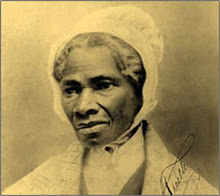
I knew nothing about Infammatory Breast Cancer until I received the video below from a very good friend and colleague. Please pass this very important information on to your mothers, sisters, daughters, nieces, girlfriends, and every woman with whom you come in contact.
There is more than one kind of breast cancer.
We have been taught and are reminded frequently by public service announcements and by the medical community that when a woman discovers a lump on her breast she should go to the doctor immediately. Inflammatory breast cancer usually grows in nests or sheets, rather than as a confined, solid tumor and therefore can be diffuse throughout the breast with no palpable mass. The cancer cells clog the lymphatic system just below the skin. Lymph node involvement is assumed. Increased breast density compared to prior mammograms should be considered suspicious.
You Don’t Have to Have a Lump to Have Breast Cancer.
Some women who have inflammatory breast cancer may remain undiagnosed for long periods, even while seeing their doctor to learn the cause of her symptoms. The symptoms are similar to mastitis, a breast infection and some doctors, not recognizing IBC, will prescribe antibiotics. If a response to antibiotics is not apparent after a week, a biopsy should be performed or a referral to a breast specialist is warranted.
Age 56: Median age at time of diagnosis of IBC … versus
Age 62: Median age at time of diagnosis of Breast Cancer. 1
A surprising portion of young women with IBC had their first symptoms during pregnancy or lactation. The misconception that these young women are at lower risk for breast cancer and the fact that IBC is the most aggressive form of breast cancer may result in metastases when the diagnosis is made.























